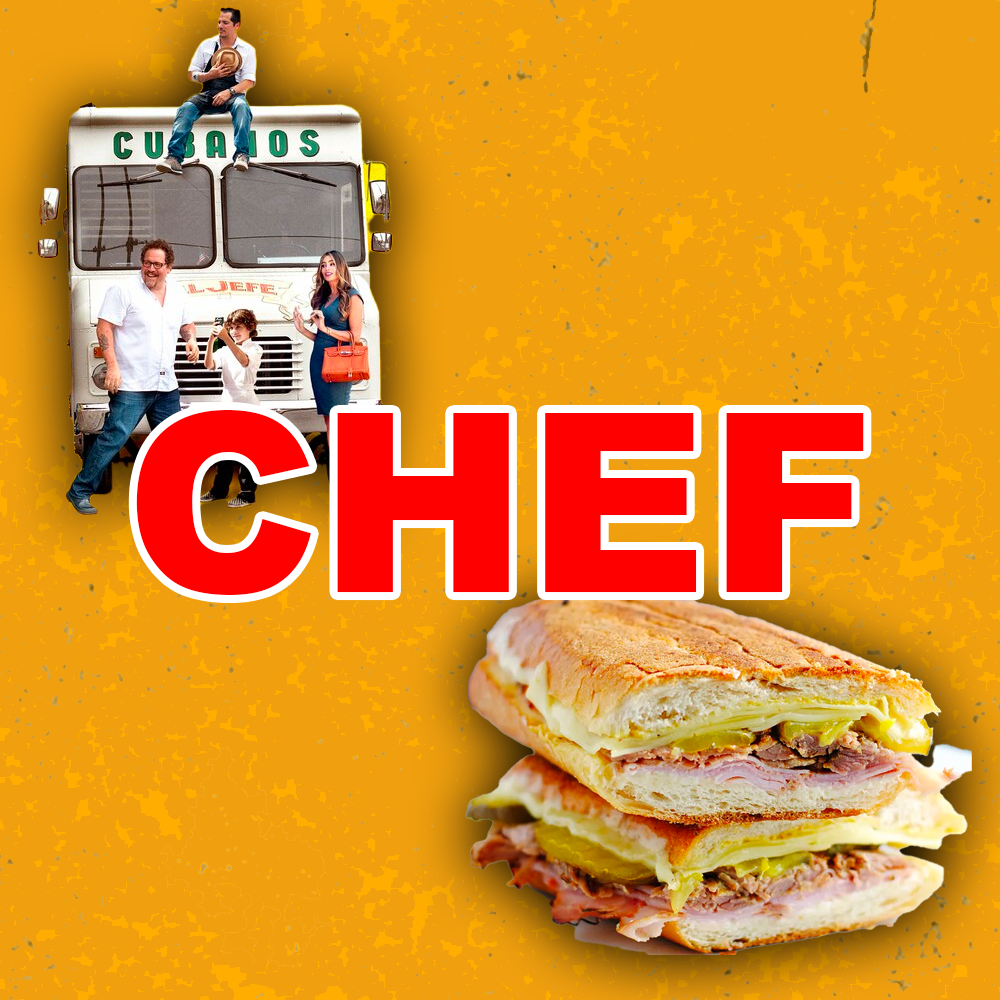Please visit response.fsu.edu for official FSU updates and resources.
To be a Foodie: Chef through a Latin Foodies' Lens

Cuban bread, ham, roast pork—lechón— Swiss cheese. Contrary to popular belief, pickles and mustard are not optional. But what is the significance of a sandwich? To Carl Casper (Jon Favreau), the encouragement from his ex-wife (Sofia Vergara) that his Cubanos are better than the ones from Miami’s iconic Versailles Restaurant is all he needs to take his career from prestigious to portable. In opening his food truck, he breaks away from the tradition of caviar eggs and lava cakes to reconnect with his craft and community by making dishes he cares about.
Often, food is represented in the media as a means of connection— two characters having an exchange over a meal is possibly the easiest way to bring them together. However, in Latin culture, food is more like a love language. Jon Favreau making grilled cheese while Latin music plays in the background is not just a montage to keep the audience hungry. Instead, it is the first effort we see in him trying to repair the relationship with his son. In other words, a peace offering is the act of loving someone so much that, no matter what, you always want them to eat well. This idea resonates so well with the Latin community, how we express love through warm bowls of rice after a long day or apologies with a plate of cut-up fruit.
This love has always come to me in a plain white box sealed with the world’s strongest tape—breakfast from my local Cuban bakery on the weekends. Pastelitos, croquetas, coffee I have been drinking from too young an age, and of course, sandwiches. What Chef does so well is that it takes both the food and the warmth of not only my own experiences, but many of those in the Latin community, and shares them amongst its characters and viewers alike.
Writer: Vicky D’Amico
Artist: Solymar Estrella
Tags: Chef, Food, Hispanic, Representation



